
Açaí Palm Seeds
Acai (pronounced "ah-sigh-ee") palm trees are native to Central and South America, so they grow best in warm tropical or subtropical climates. If you live in a cool climate, you can grow Acai berries in containers in a greenhouse over the winter months. Growing Acai Palms

PlantFiles Pictures Euterpe Species, Assai Palm, Acai Palm, Cabbage Palm (Euterpe oleracea) by
Introducing the Acai Palm The Acai palm is native to the tropical regions of Central and South America. They grow to about 15-30m (50-100ft) tall in groves along the banks of floodplains and swampy areas. They're prized for two things: The palm heart which is as it sounds the heart of the palm,
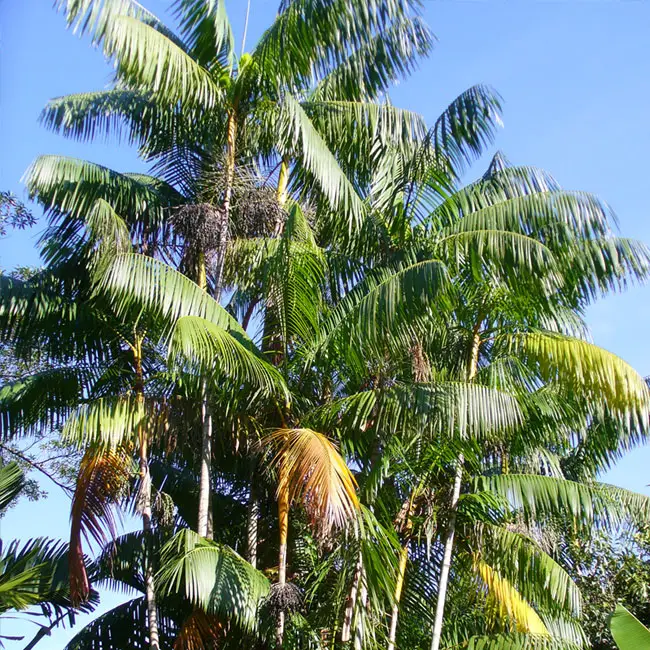
How to Grow the Acai Palm Tree (Euterpe oleracea)
Photo by Wiki Commons. Euterpe oleracea, the Acai Palm, produces petite purple flowers that cluster together on the same inflorescence, featuring both male and female flowers. Following the flowering stage, the palm tree develops green fruits that grow in bunches.
Polynesian Produce Stand ACAI Palm Tree Euterpe oleracea Edible Berry LIVE Potted small
The acai palm (Euterpe oleracea) is a species of palm tree native to the Amazon rainforest of South America. It is a tall and slender palm that can grow up to 25 meters in height, with a cluster of leaves at the top and a trunk that is smooth and grey in color.

PlantFiles Pictures Assai Palm, Acai Palm (Euterpe oleracea) by palmbob
Nutrition. Diet. Risks. Acai (ah-sigh-EE) berries are a grape-like fruit native to the rainforests of South America. They are harvested from acai palm trees. They contain antioxidants that may.
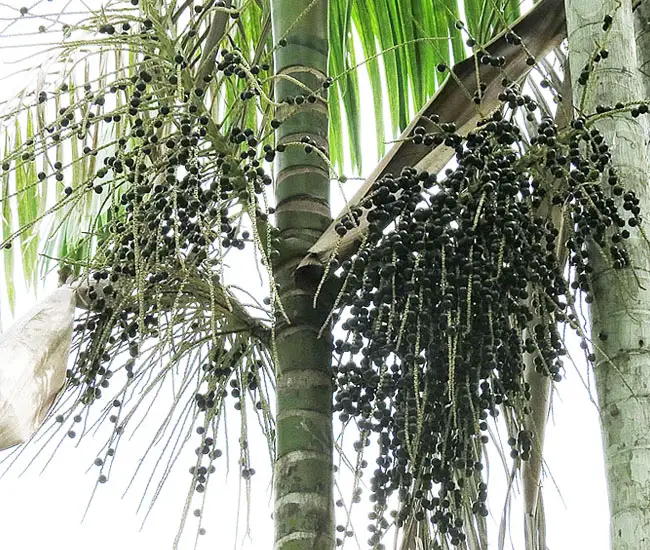
How to Grow the Acai Palm Tree (Euterpe oleracea)
Trees How to Grow an Acai Plant By: Barbara Fahs 21 September, 2017 palm tree image by Christopher Nolan from Fotolia.com The acai berry grows on a palm tree (Euterpe oleracea) that is native to Central and South America, as far south as the Amazon region of Brazil.
Polynesian Produce Stand ACAI PALM EDIBLE BERRY Euterpe oleracea NOT SEEDS Live sml potd
The acai palm is a monoecious and multi stemmed plant originating in South America, with a slender and height stem between 8 and 25 meters. Its trunk, called stipes, is straight, cylindrical, light gray, thin, between 7 and 20 inches in diameter. Acai plant produces 4-8 stems and some plants are capable of forming up to 25 outbreaks.
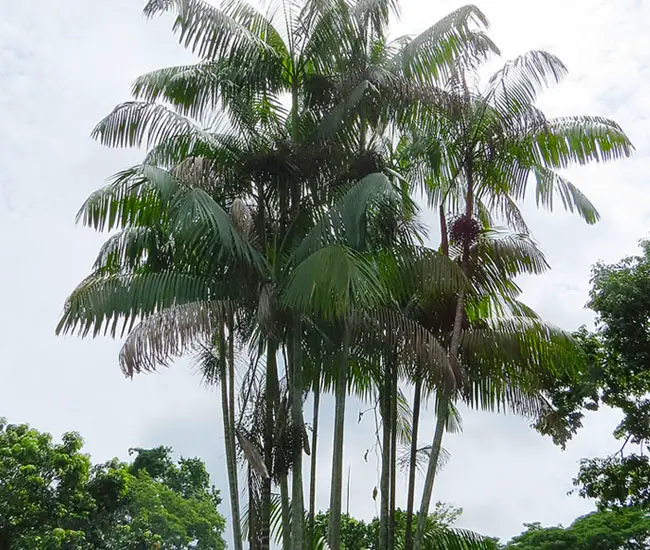
How to Grow the Acai Palm Tree (Euterpe oleracea)
Açaí palm - Wikipedia [asaˈi] [2] is a species of ) cultivated for its (açaí berries, or simply açaí), hearts of palm (a vegetable), leaves, and trunk wood. Global demand for the fruit has expanded rapidly in the 21st century, and the tree is cultivated for that purpose primarily. The species is native to eastern , especially in Brazil, mainly in .

Seeds and Farms,15 Seeds Acai Palm An Extraordinary AntioxidantRich Palm Fruit Acai fruit
This small, dark purple fruit is prized for its antioxidant content, healthy fats, and essential vitamins and minerals. Acai farming involves the careful cultivation of acai palm trees in tropical and subtropical climates, where the trees require specific environmental conditions, well-drained soils, and adequate rainfall to flourish.

PlantFiles Pictures Assai Palm, Acai Palm (Euterpe oleracea) by Gustichock
acai palm Acai palms (Euterpe oleracea) with clusters of edible fruit. Acai palms consist of 4-8 slender gray-brown stems, each of which is about 25 metres (82 feet) tall and generally no greater than 20 cm (about 8 inches) in diameter.

Acai Description, Fruit, Berry, Uses, Products, & Nutrition Britannica
The Acai Palm is native to the Amazon rainforest, primarily growing in Brazil, but it can also be found in swamplands and floodplains across South America. It is an evergreen tree that has multiple tall and slender trunks and long, elegant pinnate leaves.

Tropical Rainforest Plants List, Information, Pictures & Facts Acai plant, Acai fruit, Acai palm
Acai palm grow and care - palm tree of the genus Euterpe also known as Acai, Acai palm perennial evergreen plant also used as ornamental plant, grow in tropic climate and growing in hardiness zone 12+. Flower color red, the flowers grow on branch on every branch can be dozens of flowers. Contents show Acai berry

How To Grow Acai Palm Tree (Euterpe oleracea)
It can grow up to 30 - 50 ft tall and 5 -10 ft wide. Outdoor/Indoor Use: Both. Cold Tolerance: Acai Palm Tree is not considered cold hardy. It can tolerate cold only down to 30F when mature enough. It is great for growing in USDA Zones 10a (30 to 35 F) to 11 (above 40 F). Light Req: Partial shade. Water Req: Moderate.

PlantFiles Pictures Assai Palm, Acai Palm (Euterpe oleracea) by Gustichock
Acai, asai, asaí or açaí(Euterpe precatoria Mart and Euterpe oleracea Mart) is a palm native to the Amazon rainforest of South America, widely distributed in the natural floodplains of the Brazilian, Peruvian, Ecuadorian, Bolivian, Colombian and Venezuelan Amazon(Balick, L. 2008). It is easily identified by its long, slender stem and its crown of thin, flexible, curtain-like leaves.
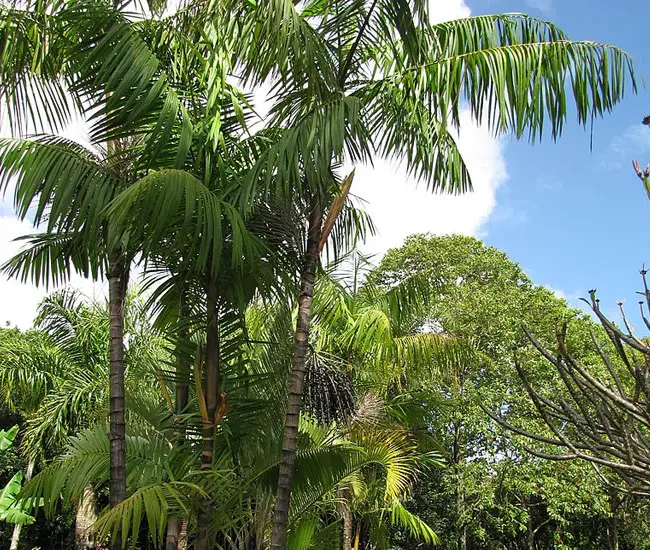
How to Grow the Acai Palm Tree (Euterpe oleracea)
Acai berries originate from the Amazon Rainforest and are native to South America, particularly Brazil. Acai palms grow in the estuary region of the Amazon where the river meets the sea, in floodplain areas with alluvial soil. Acai palms require a tropical environment with sunlight, rainfall, and good soil quality for healthy growth.
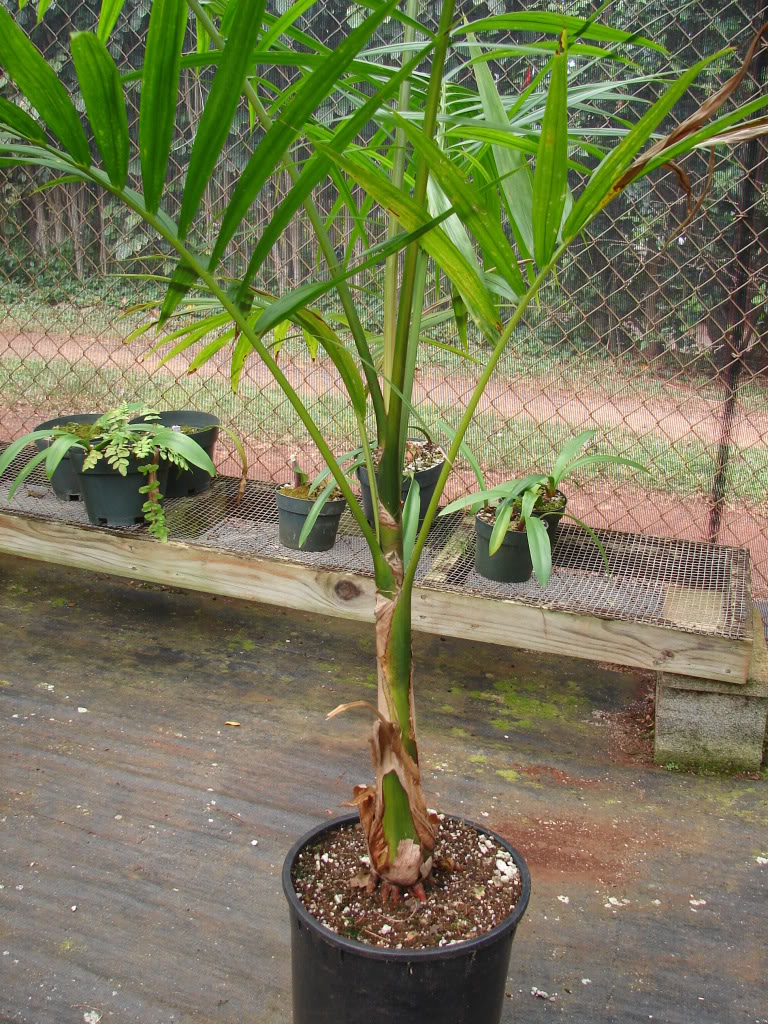
Polynesian Produce Stand LIVE Edible Acai Palm Tree BIG 1824+in Seedling 3GAL
Acai palms will not tolerate frost or near-freezing temperatures. The Açai palm prefers warm temperatures between 60F to 95F with humidity and filtered sunlight. The acai has adapted to live in periodically waterlogged and flooded soils by developing special root structures called pneumatophores. The plant will take full sun as it matures, it.